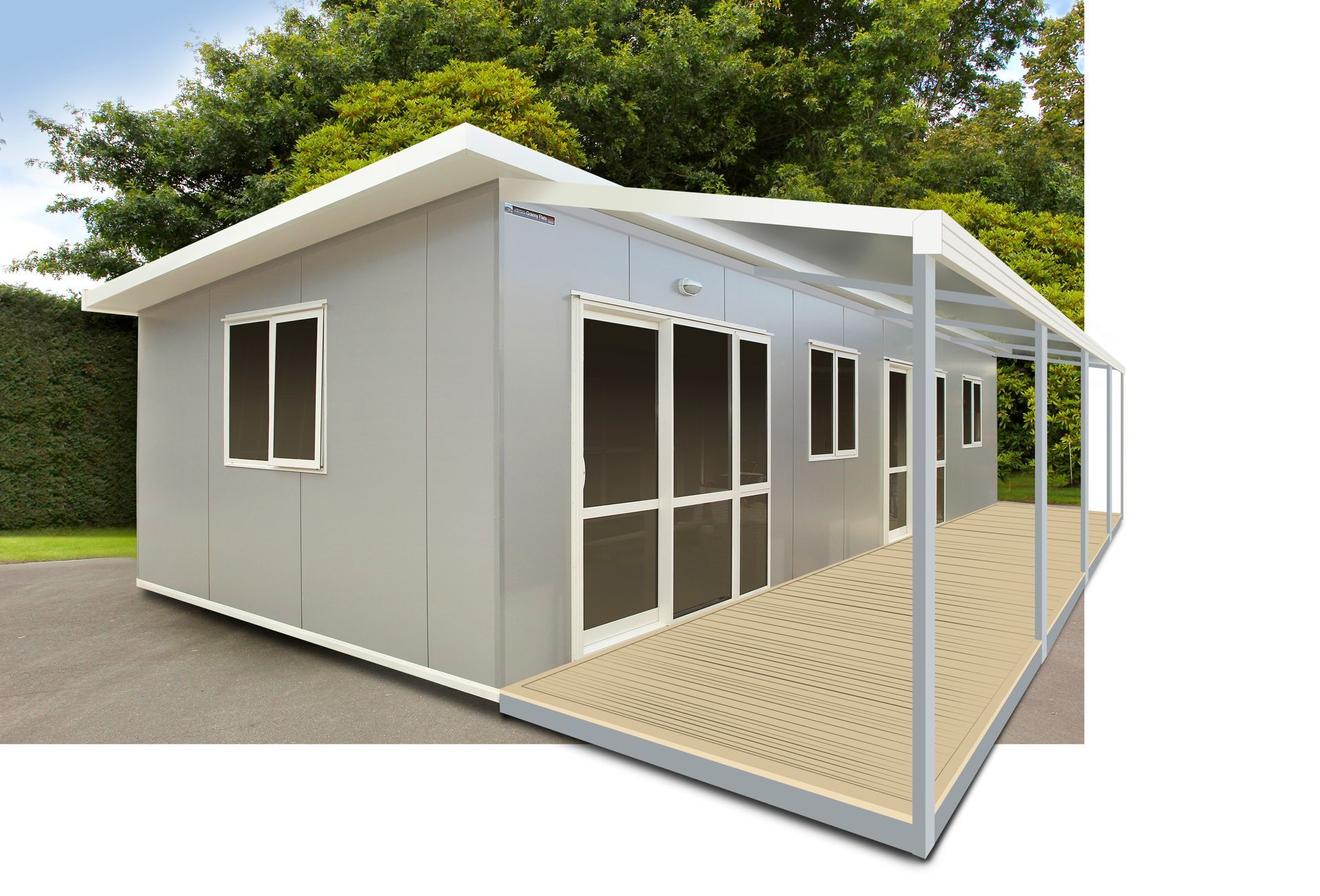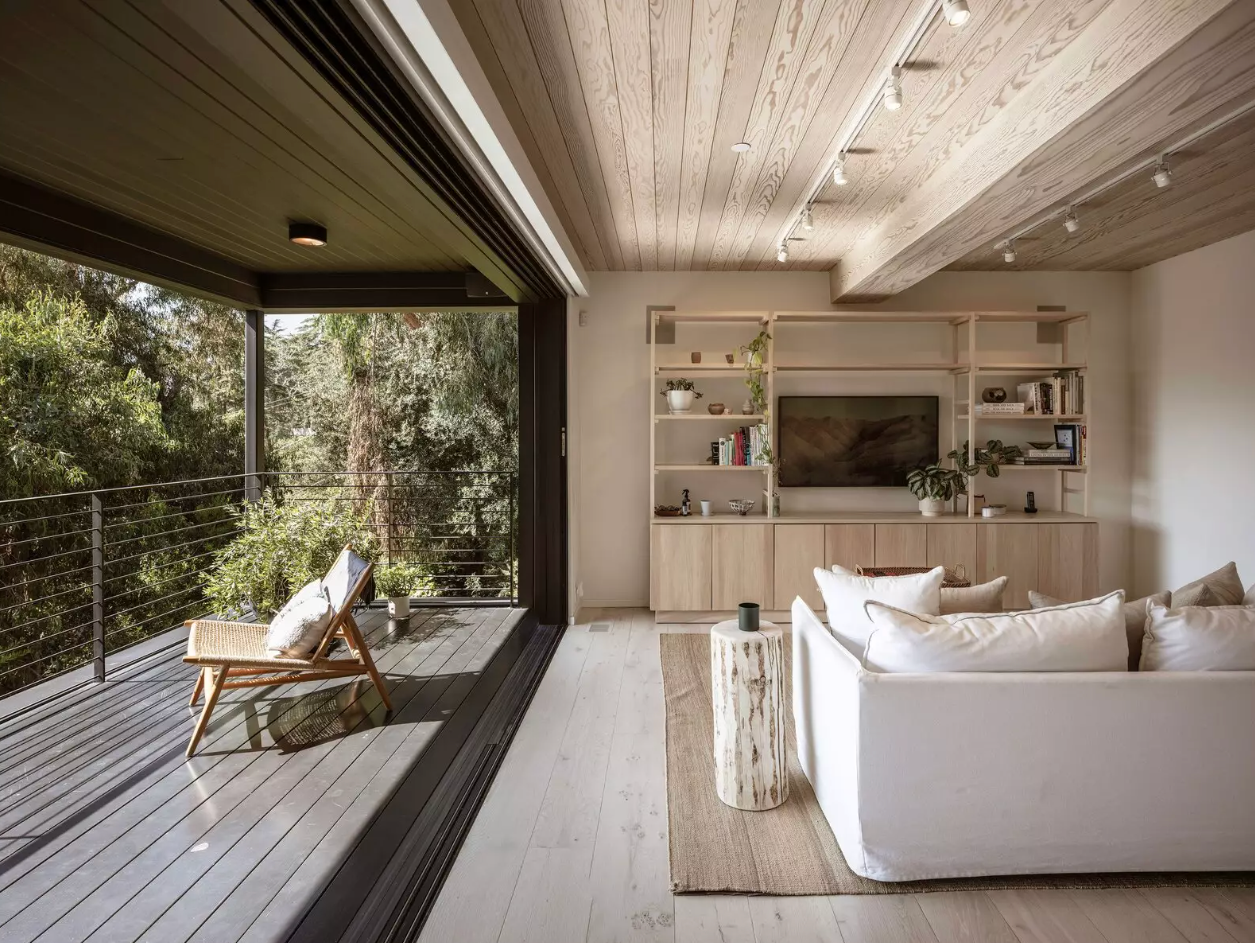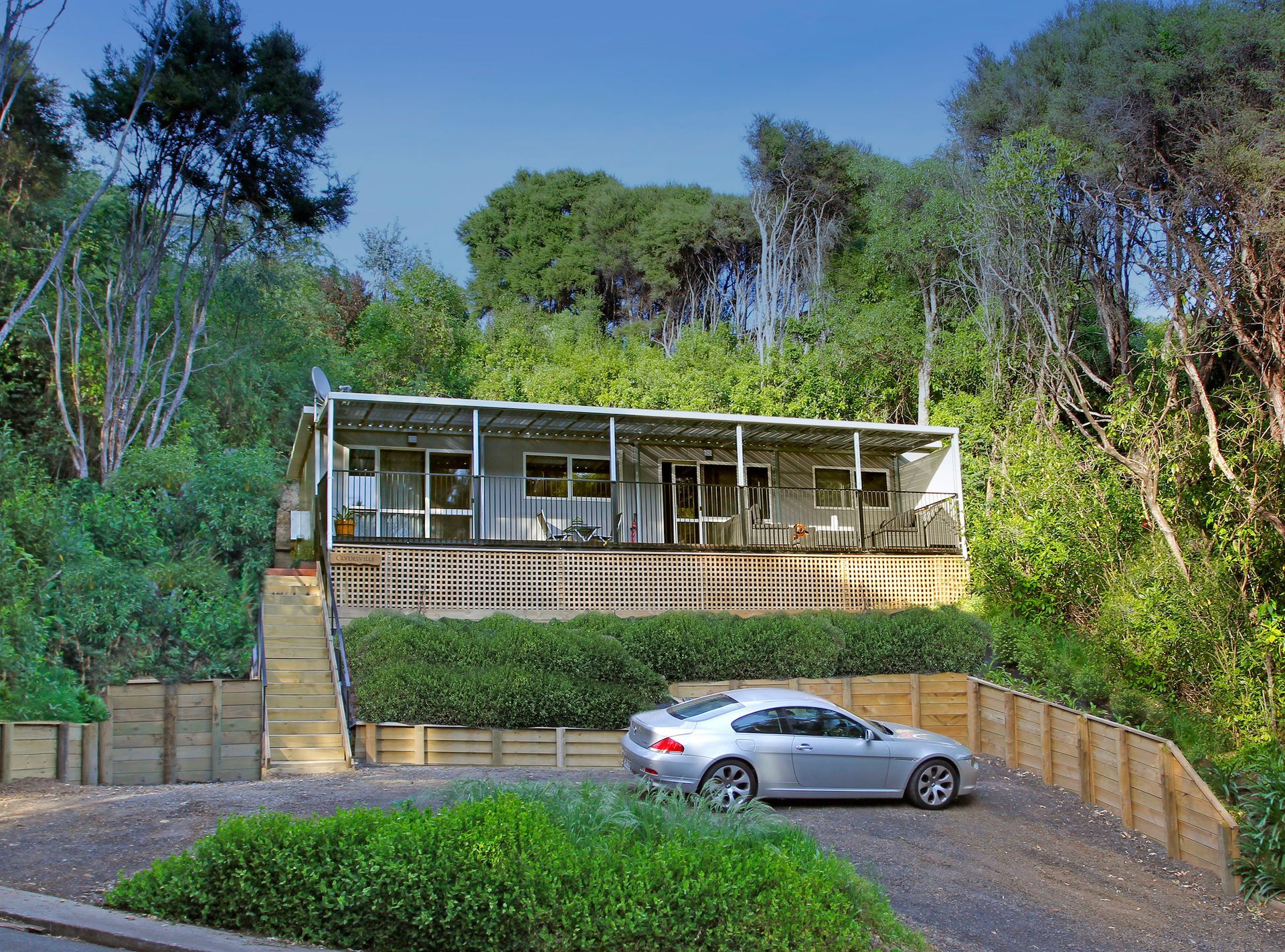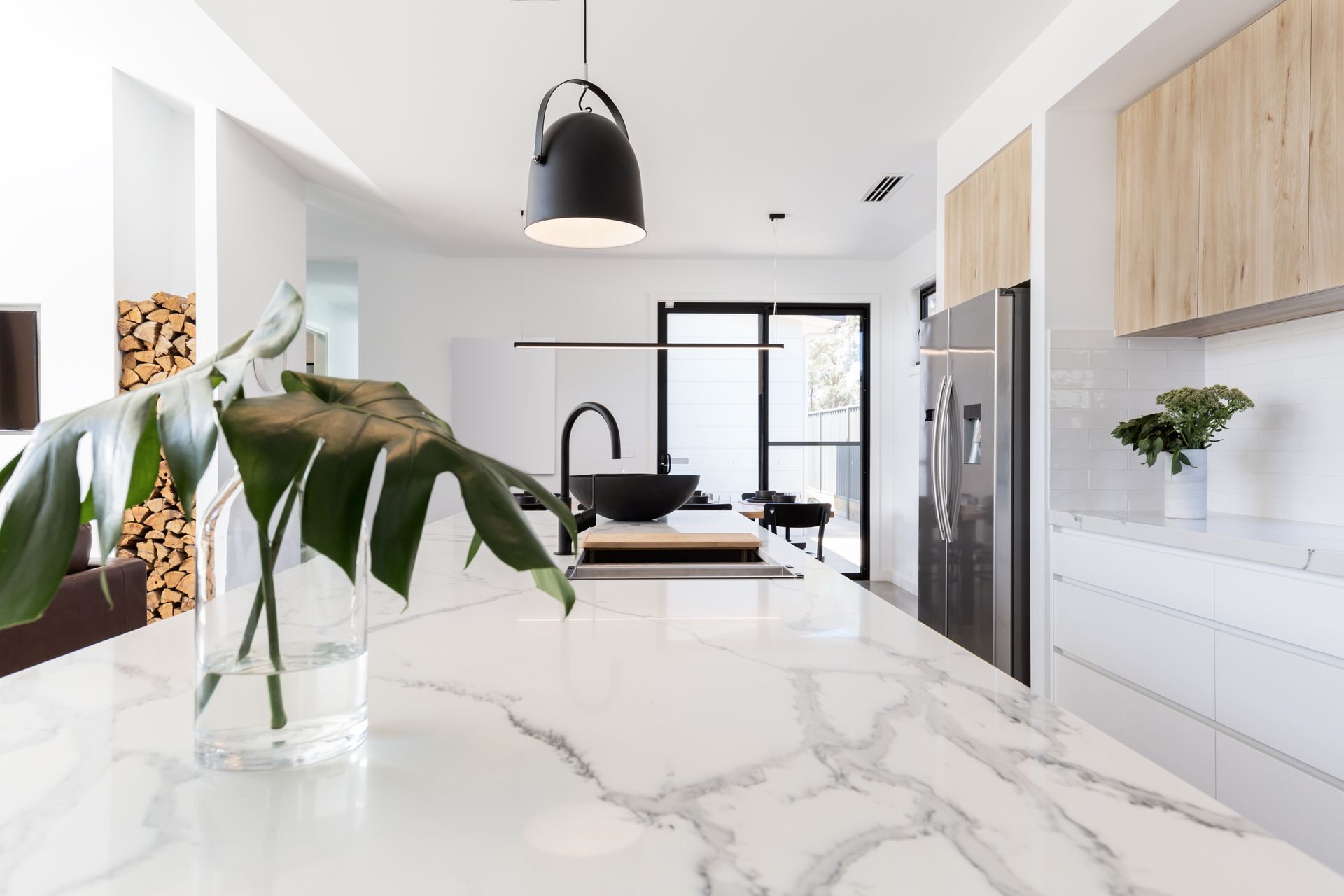The benefits of opting for a prefab home
When the option exists to reduce the cost of building, why wouldn’t you consider a prefab home?

With a general build time of around 10-12 months - including planning and consenting - and an average build cost of anywhere from $4000–$6000 per square metre for a traditional build, it’s not surprising that many Kiwi are looking at alternatives for building their family home.
One such alternative that is quickly gaining traction is prefabrication. While in the past, most prefab buildings have been fairly utilitarian, modern prefab homes have all the amenity of traditionally built homes. Not only that, but thanks to some significant R&D into the subject, the number of prefab home designs available means you can have just about any style of home you want — from ‘space age’ prefab dome houses to up-cycled container houses and even prefabricated houses with a ‘Hamptons’ or ‘Scandinavian’ chic.
So why prefab? Here are some more reasons why you should seriously consider going prefab with your next home.
Factory built vs On-site construction
Building in a factory means the usual weather considerations are null and void. While inclement weather isn’t too much of a worry for framing materials, other materials, such as flooring and wall linings, can be negatively impacted by bad weather. Similarly, building in a factory means construction itself isn’t hampered if the weather outside is less than stellar. A further advantage to factory-built homes is that because they need to be moved to site, they often have additional bracing or have steel framing, to withstand the rigours of transportation, which results in a more robust build.
Cost savings are myriad
When building, it’s not just the build costs that need to be factored in, but all the associated costs as well. Since prefabricated house companies can build multiple homes at once, they tend to buy and store their materials in bulk, which means they can pass these lower material costs on to you. This also means such companies are able to offer you a true, fixed-price contract. Traditional onsite construction may also have added costs, particularly if you’re building rurally, as your builder may factor in travel costs for the build team.
Also, most prefabricated homes are designed to sit on pile foundations, rather than concrete slabs, which means you can save money by utilising ground screws, which have the added benefits of being faster to install and environmentally friendly.
Eco prefab homes
As mentioned, the use of a ground screw foundation, not only means a faster install but also up to 60 per cent less carbon emissions during manufacture than the comparable concrete products for the same foundation. Likewise, waste is a big concern in construction.
So, it’s good news then that prefabrication companies utilise a ‘lean manufacturing process’. This means that through the systemisation of production, prefabrication manufacturers are able to reduce the amount of waste and other by-products from the building process going to landfill - a positive impact on our environment, as well as the bottom line.
So, if you’re looking to build, take a closer look at one of the many local prefabrication options available.
COLLSON Homes
027 892 1334 | info@collson.nz | www.collson.nz
135 Anchorage Road, Hornby South, Christchurch 8042






